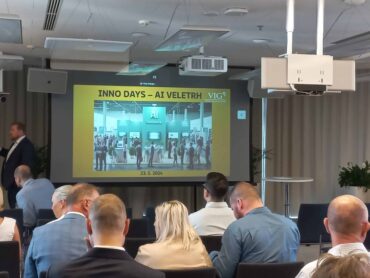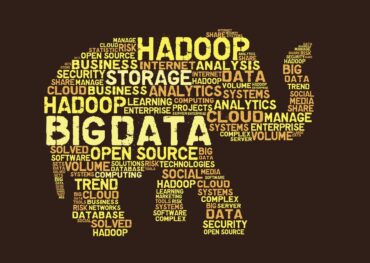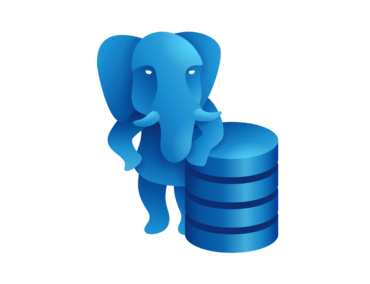Why is it so hard for so many enterprises in energy sector to uncover the value they know is in their data? There are four main obstacles.
1. Data silos
Since the dawn of analytics, data silos have been a problem. Not just in utilities and energy sector. When data lives in multiple systems across different departments, inside and outside a firewall, it can be impossible to create a single, reliable source of truth. Departments often have access only to their own data, and they analyze it without taking the broader enterprise into account.
2. Perishable data
Utility company generates vast amounts of data which are usually perishable. To get value from it, you have to analyze it before its value diminishes or disappears. But without self-service analytics, businesses rely on IT to generate reports – and IT fields requests from multiple departments, leading to backlogs. It’s not uncommon for business leaders to wait several weeks to get the insights they need. By the time they do, the data is stale or irrelevant.
3. Lack of data strategy
Most IT teams have strategies for managing apps, development tools, platforms, and storage. Very few have a strategy for managing data – improving the access, sharing, and use of data in the business. Unfortunately, performing complex analytics without an enterprise data strategy can result in incomplete and inaccurate insights that lead the business down the wrong path. Developing a strategy is crucial – and sooner rather than later, because it only becomes more difficult as businesses grow.
4. Limits of legacy BI
Traditional BI stacks are complex, and they lack the flexibility that today’s businesses need. They take months to implement, require a big investment up-front, center on reports instead of analysis, and don’t adapt well to changing business requirements. Query-based visualization tools are limited, too. They require complex data preparation, analyze only a subset of data at any one time, don’t allow users to explore freely, and don’t have enterprise-grade governance and controls.
Do you know about any other obstacles? Let us know in the comments. If you would like to learn more about our solutions for energy, utilities, and distribution, click HERE.
















